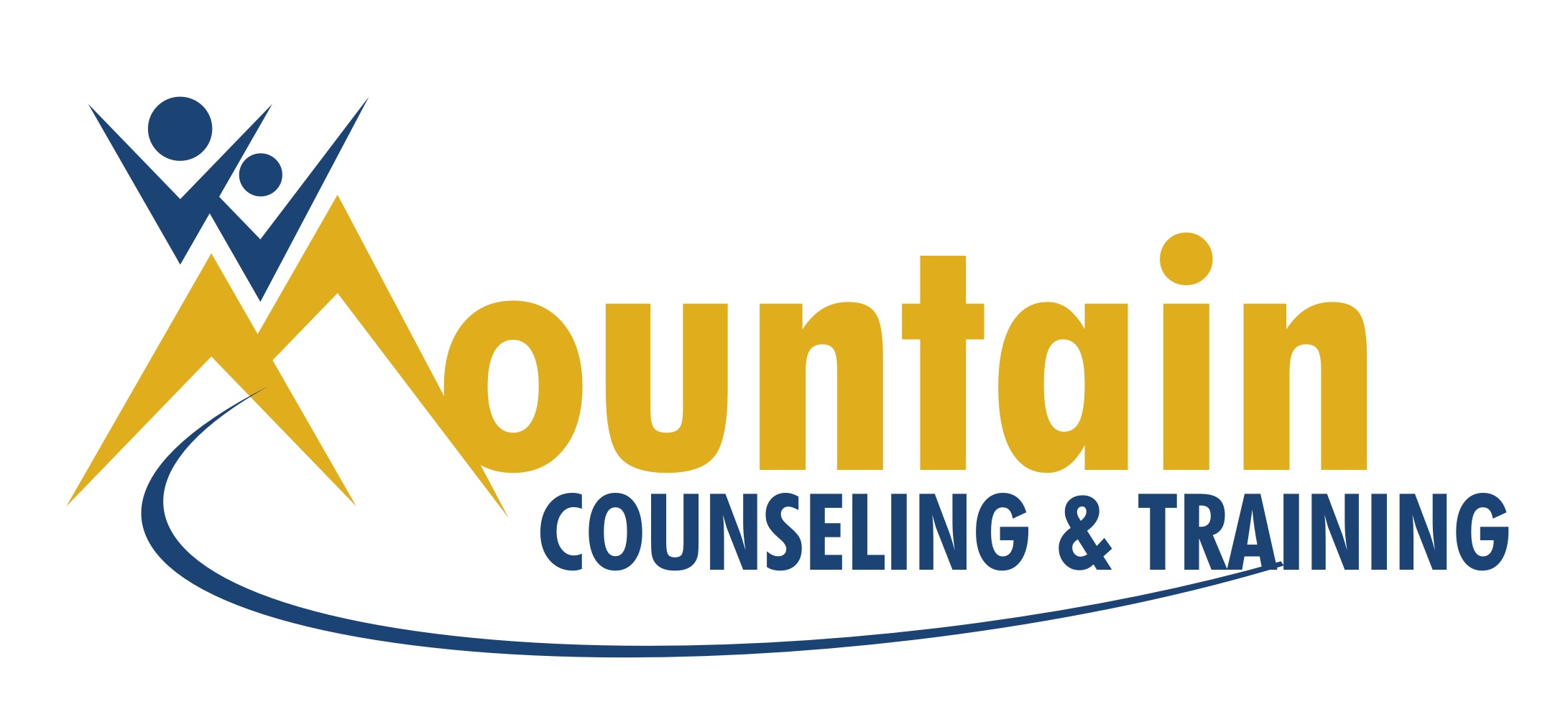Here at Mountain Counseling & Training, Inc., we provide mental health services to children, teens and their families. We understand that youth today face many challenges that can impact their mental health – relationships with peers, social media, complex family dynamics, and school, to name a few. Most concerningly, mental health challenges such as anxiety, depression, or the lingering effects of trauma can lead to thoughts of suicide, self-harm, or hurting someone else. In these instances, it’s important that safety remains the priority.
When a client at MCT shares that they are experiencing thoughts of hurting themselves or others, we make a safety plan. This plan contains written steps the youth can take which are meant to help stabilize and redirect harmful thoughts. The youth creates this plan with the help of their mental health counselor and takes home a copy to use when needed. The therapist stores their copy in a confidential manner, along with all other protected health information. The youth can refer to their safety plan at any time, including before or during the onset of harmful thoughts, sometimes referred to as a “mental health crisis.” Safety plans also include coping strategies to practice, safe places to go, and names of trusted individuals the youth can contact for support. The plan should be brief, written in the child or adolescent’s own words, and easy to read.
What does recent research say about safety plans?
Safety plans are considered a “promising new approach” by researchers in the mental health field (Rufino & Patriquin, 2019). Although most information about the effectiveness of safety plans focuses on how they help adults, it is still widely used by mental health professionals as a resource for children and teens. While there has yet to be sufficient research examining diverse populations of young people, available data shows “promising results” after safety planning with child and adolescents with reductions in suicidal thoughts 3 months after use (Drapeau, 2019).
What does safety planning look like?
Safety planning starts whenever a child or adolescent expresses anything that indicates there is some level of risk for their safety or the safety of someone else due to an urge they are having. It’s then important to discuss the specific urge in detail, which will make it easier to increase the safety of the client’s environment. For example, if the client shares that they’ve been thinking of swallowing a bottle of pills, the pills can be immediately locked in a lockbox by the client’s caregiver.
The key thing to remember about safety planning is that its purpose is to redirect the youth’s harmful thinking until the immediacy of the urge passes. Rather than solving the problems that trigger mental health crises, the goal of the safety plan is to simply get the child through the next period of hours until they move past the dangerous thoughts.
What is the parent/caregiver’s role in safety planning?
Clients experiencing harmful thoughts or urges are best supported when there are safe and caring adults in their life. Once the need for a safety plan has arisen, parents/caregivers will be notified and invited to participate in the shared goal of maintaining safety. The therapist will continue to protect the child’s confidentiality and limit sharing private information with caregivers to only what is necessary for safety measures. The client will be encouraged to engage their caregiver in a solution-focused conversation about concrete ways the parent can support the client in times of greatest need, a process which can be a major milestone of trust for families.
What’s in a safety plan?
When creating a personalized safety plan, the therapist and youth will follow a sequence of questions (as recommended by the Western Interstate Commission for Higher Education and the Child Mind Institute):
- Warning Signs: “What symptoms or thoughts will indicate to me that it’s time to use the safety plan?” List warning signs: thoughts, images, thinking processes, triggers, mood, and/or behaviors that occur before and/or during a mental health crisis. Examples: feeling tense, thoughts of dying, when I get bullied at school, etc.
- External Warning signs: “What symptoms or behaviors that others can see would show them I need help?” Examples: rapid breathing, withdrawal from social interactions, etc.
- Reasons for Living: “What things can I look forward to? What’s the one thing that is most important to me and worth living for?” Examples: time with my family, pets, a goal for the future, etc.
- Internal Coping Strategies: “What can I do, on my own, if I become suicidal (or homicidal) again, to help myself not to act on my thoughts or urges?” Examples: breathing exercises, writing thoughts in a journal, listening to music, etc.
- Social Contacts Who May Distract from the Crisis: “Who or what social settings help me take my mind off my problems at least for a little while? Who helps me feel better when I socialize with them?” List safe places to go to be around people. List several people and social settings in case the first option is unavailable. Examples: coffee shop, library, public park, my friend Zoey, etc.
- Family Members or Friends Who May Offer Help: “Among my family or friends, who do I think I could contact for help during a crisis?” List several people, in case one contact is unreachable. Prioritize the list. *In this step, unlike the previous step, the youth reveals they are in crisis to others.
- Professionals and Agencies to Contact for Help: “Who are the mental health professionals that we should identify to be on my safety plan?” List names, numbers and/or locations of clinicians or local urgent care services.
- Making the Environment Safe: “What means do I have access to and may use to attempt to kill or harm myself or others? How can we go about developing a plan to limit my access to these means?” Examples: Preventing access to sharp objects, weapons, medications and/or illegal substances.
If you have any questions about safety planning or enrolling in therapy at MCT, please contact us! Call our office at 909-336-3330 or email at [email protected]. We provide services to individuals and families of all ages either through our student programs (via Medi-Cal) or our private-pay clinic, the Therapy Cottage (no insurance accepted). See our website for additional information.
For any safety concerns, dial 9-1-1 or visit an emergency room.
Mental Health Crisis Line: 9-8-8
Crisis Text Line: Text HOME to 741741
References
- https://onlinelibrary.wiley.com/doi/10.1111/jpm.12928 https://www.tandfonline.com/doi/full/10.1080/02739615.2019.1630281 https://acamh.onlinelibrary.wiley.com/doi/10.1111/camh.12340 https://www.tandfonline.com/doi/full/10.1080/02739615.2019.1666009
- https://sprc.org/wp-content/uploads/2023/01/SafetyPlanningGuide-Quick-Guide-for-Clinicians.pdf
- https://childmind.org/article/what-is-a-safety-plan/

